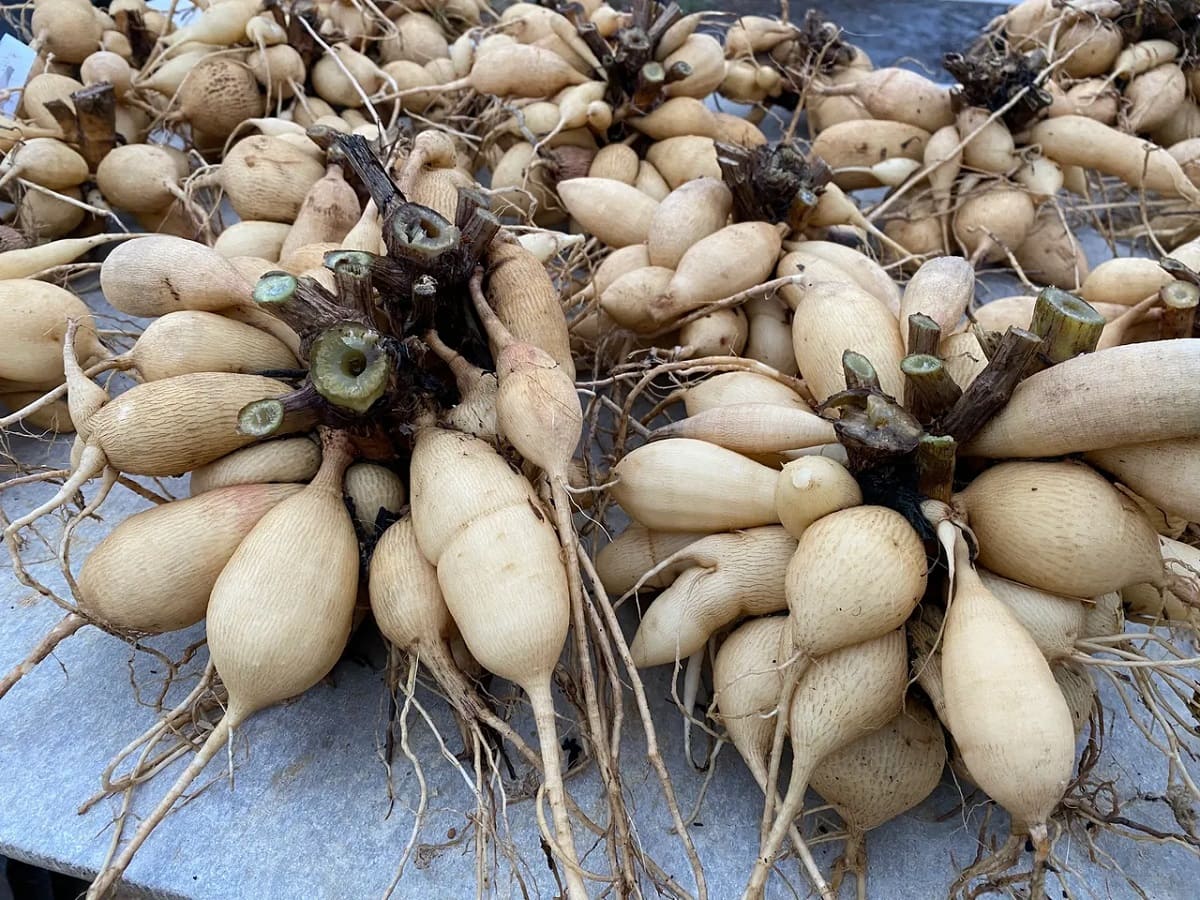

Articles
How To Store Dahlia Tubers
Modified: December 7, 2023
Learn the best techniques for storing dahlia tubers in this informative article. Ensure your flowers survive the winter and bloom beautifully next year.
(Many of the links in this article redirect to a specific reviewed product. Your purchase of these products through affiliate links helps to generate commission for Storables.com, at no extra cost. Learn more)
Introduction
When it comes to beautiful and vibrant flowers, dahlias are a popular choice among garden enthusiasts. With their stunning colors and variety of shapes and sizes, dahlias can brighten up any garden. However, as winter approaches, it’s important to know how to properly store dahlia tubers to ensure their survival and regrowth in the following spring.
Storing dahlia tubers is crucial because these plants are not frost-tolerant. If left in the ground during the cold winter months, frost can damage the tubers, leading to their demise. By following the correct storage procedures, you can protect your dahlia tubers from freezing temperatures and give them the best chance of thriving in the upcoming growing season.
In this article, we will explore the reasons why it’s important to store dahlia tubers, when to store them, how to dig up the tubers, and the best methods for cleaning, inspecting, and storing them. By the end, you’ll have a comprehensive understanding of how to properly store your dahlia tubers and ensure their success in the next growing season.
So, whether you’re a seasoned gardener or a beginner, let’s dive into the world of dahlia tuber storage and discover how to keep these beautiful flowers flourishing year after year.
Key Takeaways:
- Protect your dahlia tubers from freezing temperatures, preserve their energy, and prevent rot and pests by storing them in a cool, dry, and well-ventilated location after the first frost.
- Carefully dig up, clean, inspect, and store your dahlia tubers to ensure their health and viability for replanting in the spring, allowing for a stunning garden display year after year.
Read more: How To Store Dahlia Tubers Over Winter
Why Store Dahlia Tubers?
Storing dahlia tubers is essential for their survival during the winter months and for ensuring a healthy regrowth in the following spring. Here are a few reasons why it’s important to store dahlia tubers:
- Protection from freezing temperatures: Dahlia tubers are not frost-tolerant, and exposure to freezing temperatures can damage or kill them. By storing the tubers indoors during winter, you can shield them from the harsh cold and prevent any potential damage.
- Preservation of energy and nutrients: Dahlia tubers store energy and nutrients during the growing season, which fuel the growth and development of the plant. By storing the tubers, you allow them to conserve their energy reserves and maintain their nutrient levels, ensuring a strong regrowth in the next season.
- Prevention of rot and decay: Leaving dahlia tubers in the ground throughout the winter exposes them to moisture, which can lead to rot and decay. Storing the tubers in a dry and controlled environment helps prevent these issues, keeping the tubers healthy and disease-free.
- Protection against pests: Insects and pests may find their way into the soil during winter and damage the tubers. Storing the tubers in a secure location away from potential infestations decreases the risk of pest-related damage.
- Flexibility in planning: Storing dahlia tubers allows you to have more control over your garden’s layout and design for the following year. You can easily plan and rearrange your garden beds without worrying about the position of the tubers left in the ground.
Overall, storing dahlia tubers preserves their health, protects them from external threats, and gives you the freedom to plan and design your garden without limitations. By investing the time and effort into proper storage methods, you can enjoy the beauty and vibrant blooms of dahlias year after year.
When to Store Dahlia Tubers?
Knowing the right time to store dahlia tubers is crucial for their successful overwintering. It’s recommended to store dahlia tubers after the first frost when the plant’s foliage has died back. Here are a few guidelines to help you determine the appropriate time:
- Timing based on frost: Wait until after the first light frost has occurred in your area before digging up your dahlia tubers. This allows the plant enough time to absorb nutrients and energy from the foliage before it naturally dies back. The frost helps trigger the dormancy process in the tubers, indicating that it’s time to store them.
- Timing based on foliage: The foliage of dahlia plants will start to turn yellow and eventually blacken as winter approaches. Once the foliage has completely died back, it’s a sign that the plant has entered dormancy. This is the ideal time to dig up the tubers and begin the storage process.
- Timing in mild climates: In regions with mild winters where frost is not an issue, you can generally wait until the foliage dies back naturally before storing the tubers. Keep an eye out for signs of dormancy, such as yellowing leaves, and ensure all above-ground growth has stopped before digging up the tubers.
It’s important to note that digging up the tubers too early may result in underdeveloped tubers, while waiting too long may expose them to potential frost damage. Pay close attention to the weather conditions and the status of the plant’s foliage to determine the optimal time for storing your dahlia tubers.
Once you have determined that it’s the right time to store the tubers, proceed with the next steps of digging them up, cleaning, inspecting, and preparing for storage, which we will explore in the following sections.
How to Dig Up Dahlia Tubers?
Digging up dahlia tubers requires a careful and systematic approach to avoid damaging the delicate roots. Here’s a step-by-step guide on how to dig up dahlia tubers:
- Cut back the foliage: Start by trimming the foliage of the dahlia plant to about 4-6 inches above the ground. This will make it easier to access and handle the tubers.
- Loosen the soil: Use a garden fork or spade to loosen the soil around the base of the plant. Gently work your way around the plant to loosen the soil in a wide circle, around 12-18 inches from the main stem. This will help prevent any damage to the tubers during extraction.
- Lift the tubers: Carefully insert the garden fork or spade deep into the ground at an angle, aiming away from the tubers. Gently pry the tool upwards to lift the tubers and the root ball from the soil. Be cautious not to put excessive pressure on the tubers or damage the roots.
- Shake off excess soil: Once the tubers are lifted, gently shake off any loose soil clinging to them. Avoid excessive brushing or washing, as this can damage the tubers or remove their protective outer layer.
- Divide the tubers (optional): If you have large clumps of tubers, you may choose to divide them into individual tubers for better storage and future planting. Use a sharp, clean knife to carefully separate the tubers, ensuring that each division has at least one “eye” or bud.
- Inspect for damage: Take the time to inspect each dahlia tuber for any signs of damage, rot, or disease. Discard any tubers that appear soft, discolored, or show signs of pest infestation. It’s important to only store healthy tubers to prevent the spread of diseases.
Remember to handle the dahlia tubers with care throughout this process to avoid any unnecessary injuries or breaks. By following these steps, you can safely and effectively extract your dahlia tubers, preparing them for the next stages of cleaning, drying, and storage.
Cleaning and Drying the Tubers
After digging up the dahlia tubers, it’s important to clean and dry them thoroughly before storing. This helps remove any soil, debris, or potential pathogens that may be present on the tubers. Here’s how to clean and dry your dahlia tubers:
- Remove excess soil: Gently brush off any remaining soil clinging to the tubers using a soft brush or your hands. Be careful not to scrub too hard or damage the tender tubers.
- Rinse if necessary: If the tubers have stubborn dirt or clumps of soil that cannot be easily removed by brushing, you can rinse them gently with lukewarm water. Avoid using strong water pressure, as it can damage the tubers. After rinsing, pat them dry with a clean towel.
- Air-dry the tubers: Place the cleaned tubers in a well-ventilated area and allow them to air-dry for a few days. This helps remove excess moisture and prevents the tubers from rotting during storage. Ensure that the drying area is out of direct sunlight and has good air circulation.
- Avoid artificial heat: It’s important not to use artificial heat sources, such as heaters or hair dryers, to speed up the drying process. High temperatures can damage the tubers or cause them to dry out too quickly, leading to dehydration.
- Monitor for mold or rot: While the tubers are drying, keep a close eye on them for any signs of mold or rot. If you notice any soft or discolored areas, promptly remove those tubers to prevent the spread of disease.
- Check for dryness: After a few days, check that the tubers are completely dry before moving on to the next storage phase. They should feel firm and show no signs of moisture or dampness.
By cleaning and drying your dahlia tubers properly, you minimize the risk of disease and ensure optimal storage conditions. Once the tubers are clean and dry, you can move on to inspecting them for any signs of pests or diseases before storing them in a suitable location.
Read more: How To Store Dahlias
Inspecting for Diseases and Pests
Before storing your dahlia tubers, it’s crucial to inspect them carefully for any signs of diseases or pests. Detecting and addressing these issues early on will help prevent the spread and ensure the health of your tubers. Here’s how to inspect your dahlia tubers:
- Look for discoloration or soft spots: Examine each tuber closely for any areas that appear discolored, mushy, or soft. These could be signs of rot, which can spread and damage the entire tuber clump. Remove any tubers showing these symptoms to prevent further contamination.
- Check for pest infestations: Look for any visible signs of pest activity on the tubers. Common pests that may affect dahlia tubers include aphids, slugs, and snails. Inspect the tubers for insects, eggs, or chewed leaves. If you find any signs of pests, treat the affected tubers accordingly or discard them if the infestation is severe.
- Inspect for fungal infections: Check for any signs of fungal diseases, such as powdery mildew, botrytis, or fusarium. Look for powdery or fuzzy growth, discoloration, or unusual spots on the tubers. If you find any tubers with fungal infections, separate them from the healthy ones and take appropriate measures to prevent the spread of the disease.
- Disinfect if necessary: To further safeguard against pests and diseases, you can disinfect your dahlia tubers before storage. Dip the tubers in a solution of 10% bleach or hydrogen peroxide for a few minutes, then rinse and air-dry thoroughly before proceeding with storage. This disinfection process helps kill any remaining pathogens on the tubers’ surface.
By conducting a thorough inspection of your dahlia tubers, you can identify and address any potential issues before storing them. Removing diseased or infested tubers not only prevents the spread but also ensures that the healthy tubers have the best chance of thriving in the upcoming growing season.
Once you have completed the inspection and taken the necessary steps to address any problems, you can proceed with storing the tubers in an appropriate location and method to maintain their health and viability during the winter months.
After digging up dahlia tubers in the fall, clean off excess soil and let them air dry for a few days. Store in a cool, dry place in peat moss or vermiculite to prevent rot. Check periodically for any signs of mold or shriveling.
Storing Dahlia Tubers
Proper storage of dahlia tubers is crucial for their survival and successful regrowth in the following spring. Here are the steps to ensure your dahlia tubers are stored optimally:
- Curing: After inspecting the tubers and ensuring they are clean and dry, allow them to cure for a few days before storing. Curing helps wounds on the tubers heal and prevents them from drying out too quickly in storage.
- Select a suitable storage location: Choose a cool, dry, and well-ventilated storage area for your dahlia tubers. The ideal temperature for storing tubers is around 40-50°F (4-10°C). Avoid areas that are prone to excessive humidity, as it can cause rot or mold.
- Prepare the storage container: Place the cured tubers in a storage container, such as a cardboard box or a plastic crate. Ensure the container has good ventilation to prevent the buildup of moisture. You can also poke small holes in the container to facilitate airflow.
- Use a storage medium: To further protect the tubers, you can use a storage medium such as sawdust, peat moss, or dry vermiculite. Layer the bottom of the container with a 1-inch-thick (2.5 cm) bed of the storage medium, then place the tubers on top. Cover the tubers with another layer of the storage medium, ensuring they are completely surrounded and protected.
- Check periodically: Throughout the storage period, check your tubers periodically for any signs of mold, rot, or excessive dryness. Discard any tubers showing signs of deterioration to prevent the spread of disease to the healthy tubers.
- Avoid exposure to light: Keep the storage container away from direct sunlight or any bright artificial light sources. Exposure to light can stimulate early growth and compromise dormancy in the tubers.
- Monitor temperature fluctuations: Check the storage area regularly to ensure the temperature remains constant. Fluctuations in temperature can disrupt dormancy and affect the quality of the stored tubers.
By following these steps, you can provide the optimal storage conditions for your dahlia tubers, ensuring their health and viability for the next growing season. Remember, each tuber should be stored individually to prevent them from touching, as contact can lead to the spread of diseases or rot.
Now that you’ve carefully stored your dahlia tubers, you can look forward to their regrowth and the beautiful blooms they will provide in the spring. When the planting season arrives, you can retrieve your tubers and prepare them for planting in your garden or containers.
Choosing the Right Storage Location
When it comes to storing dahlia tubers, selecting the right storage location is critical for their long-term viability. Here are some factors to consider when choosing the optimal storage spot:
- Temperature: Dahlia tubers require a cool storage environment to maintain dormancy and prevent premature growth. It’s ideal to store them in a location where the temperature remains consistently around 40-50°F (4-10°C). Avoid areas that experience extreme temperature fluctuations, such as near heaters or vents.
- Humidity: The storage location should have low humidity to prevent the tubers from becoming damp and susceptible to rot or mold. Excessive moisture in the air can promote fungal growth. Aim for a dry storage area, such as a basement, cellar, or cool closet.
- Ventilation: Proper air circulation is important for preventing the buildup of harmful gases and excess moisture. Choose a storage area that has good ventilation, preferably with some airflow. This helps maintain a fresh and dry environment for the tubers.
- Light exposure: Dahlia tubers must be stored in a dark location to maintain dormancy. Exposure to light can trigger sprouting before the appropriate planting time, which weakens the tubers’ overall health. Store them in a dark corner or use opaque containers to block out any light.
- Security: Ensure that the storage location is secure and protected from pests, rodents, and other potential threats. Critters like mice can cause damage to the stored tubers. Consider using storage containers with sealed lids or storing them in a locked storage area.
- Accessibility: While it’s important to choose a suitable storage location, ensure that it’s easily accessible for periodic checks. You will need to monitor the tubers for any signs of mold, disease, or excessive dryness throughout the storage period. Opt for a location that allows for convenient inspection.
- Separation from fruits and vegetables: Avoid storing dahlia tubers near fruits and vegetables that release ethylene gas. Ethylene can promote premature sprouting and reduce the tubers’ quality. Keep them in a separate area to ensure they remain unaffected by ethylene exposure.
By considering these factors, you can select the optimal storage location for your dahlia tubers. Remember that the goal is to provide an environment that is cool, dry, dark, and well-ventilated. Taking care in choosing the storage location will help ensure the long-term health and viability of your tubers until it’s time to plant them again in the spring.
Different Storage Methods for Dahlia Tubers
There are various storage methods available for storing dahlia tubers during the winter months. The choice of storage method depends on the available space, resources, and personal preferences. Here are some different storage methods you can consider:
- In containers with a storage medium: This is a popular and effective storage method. Place the cleaned and dried tubers in containers, such as plastic crates or cardboard boxes, with a bed of storage medium such as sawdust, peat moss, or dry vermiculite. Ensure the tubers are covered with a layer of the medium to protect them during storage.
- In paper bags: Another simple storage method is placing the tubers in paper bags. Make sure the tubers are clean and dry before placing them in the bags. Label the bags with the variety names for easy identification in the future. Store the bags in a cool and dry location.
- Using mesh bags or nylon stockings: Mesh bags or nylon stockings provide good airflow and ventilation for the tubers. Place each tuber in a separate compartment to prevent them from touching. Hang the bags or stockings in a cool and dry location, ensuring they are kept away from light sources.
- Using wooden crates: Wooden crates with slatted sides can provide good ventilation for the tubers. Place the tubers in the crates, avoiding any contact between them. Stack the crates in a cool and dry storage area, ensuring they are kept away from direct sunlight.
- Using a refrigerator: If you have limited storage space, you can use a refrigerator to store the tubers. Place them in plastic bags or containers, ensuring they are sealed tightly to prevent moisture loss. Set the refrigerator to a temperature of around 40-50°F (4-10°C) to provide the ideal storage conditions.
- Using a basement or cellar: A basement or cellar can provide a cool and dark environment for storing tubers. Place the tubers in containers or bags, ensuring they are well-ventilated. Store them in a designated area away from direct sunlight and heat sources.
Regardless of the storage method you choose, remember to periodically check the tubers for any signs of rot, mold, or excessive dryness. Discard any tubers showing signs of damage to prevent the spread of disease. The goal is to provide a cool, dry, and well-ventilated environment to ensure the tubers remain healthy during their dormant phase.
Take into consideration your available space and the specific requirements of your dahlia tubers when deciding on the storage method. By selecting the most suitable storage method and maintaining the right storage conditions, you can maximize the chances of a successful regrowth and vibrant blooming of your dahlias in the coming spring.
Read more: How To Store Dahlias For Winter
Replanting Dahlia Tubers in the Spring
After properly storing your dahlia tubers during the winter months, it’s time to prepare them for replanting once the spring season arrives. Here are the steps to follow when replanting dahlia tubers:
- Inspect tubers before planting: Before planting, carefully examine each tuber to ensure it is healthy and free from any signs of rot or disease. Remove any tubers that appear damaged or compromised to avoid spreading potential issues to the rest of your garden.
- Prepare the planting site: Choose a planting site with full sun exposure and well-draining soil. Prepare the soil by loosening it and incorporating organic matter, such as compost or well-rotted manure. This improves the soil structure and provides essential nutrients for the growth of your dahlias.
- Planting depth: Dig a hole that is wide enough to accommodate the tuber clump and deep enough so that the tubers are covered with about 4-6 inches of soil. Place the tuber clump in the hole with the eyes facing upwards. If you have divided the tubers, plant each division individually with the eye facing up.
- Spacing: Space your dahlia tubers approximately 1-3 feet apart, depending on the mature size of the dahlia variety. Proper spacing allows the plants to grow and develop without competition, ensuring optimal air circulation and reducing the risk of diseases.
- Watering: After planting, water the tubers thoroughly to settle the soil and provide initial hydration. Ensure the soil remains evenly moist but not waterlogged throughout the growing season. Dahlia plants require regular watering, especially during dry periods.
- Maintenance and care: As your dahlias grow, provide support such as stakes or cages to keep the plants upright and prevent damage from wind or heavy blooms. Monitor the plants for pests, such as aphids or slugs, and address any issues promptly. Remove spent flowers to encourage continuous blooming.
- Fertilization: Dahlias benefit from regular fertilization throughout the growing season. Use a balanced fertilizer that is rich in nutrients, applying it according to the manufacturer’s instructions. Avoid over-fertilization, as this can lead to excessive leafy growth with fewer blooms.
- Protecting from frost: Although dahlia plants are generally not frost-tolerant, you can protect them from late spring frosts by covering them with frost blankets or using other protective measures. Monitor weather forecasts and take appropriate action to safeguard your dahlias if frost is expected.
By following these steps, you can successfully replant your dahlia tubers in the spring and ensure their healthy growth and vibrant blooms throughout the season. Remember to provide proper care, including watering, fertilization, and pest management, to help your dahlias thrive.
With patience and attention to detail, you’ll soon be rewarded with a stunning display of dahlias in your garden, and the hard work of storing and replanting the tubers will have paid off.
Conclusion
Storing dahlia tubers is a crucial step in ensuring the survival and successful regrowth of these beautiful flowers. By following the proper storage procedures, you can protect the tubers from freezing temperatures, keep them healthy, and guarantee vibrant blooms in the coming spring. Here’s a quick recap of the key points discussed:
First and foremost, understanding the importance of storing dahlia tubers is essential. Frost can harm the tubers, and storing them allows for the preservation of energy, prevention of rot and decay, protection against pests, and flexibility in garden planning.
Knowing when to store dahlia tubers is crucial. Wait for the first frost and ensure that the foliage has completely died back before digging up the tubers. This timing signals that it’s the right time to begin the storage process.
Digging up the dahlia tubers should be done carefully to avoid damaging the delicate roots. Trim the foliage, loosen the soil, lift the tubers, and shake off excess soil before inspecting for any signs of damage or disease.
Cleaning and drying the tubers after the digging process is essential. Gently remove excess soil, rinse if necessary, air-dry the tubers in a well-ventilated area, and ensure they are completely dry before moving on to the next steps.
Inspecting the tubers for diseases and pests is crucial in ensuring the health of your stored tubers. Look for any signs of rot, pests, or fungal infections, and take appropriate measures to address these issues before storing the tubers.
Storing dahlia tubers properly involves choosing the right storage location, such as a cool, dry, and well-ventilated area. Different storage methods, including containers with storage mediums, paper bags, mesh bags, wooden crates, refrigerators, or basements, offer options to suit individual preferences and available space.
In the spring, replanting the dahlia tubers requires careful inspection, soil preparation, proper planting depth and spacing, and regular maintenance of the plants. Providing the necessary care, including watering, fertilization, and protection from frost, ensures the healthy growth and blooming of your dahlias.
In conclusion, by following the steps outlined for storing and replanting dahlia tubers, you can enjoy the beauty and vibrancy of these flowers year after year. With proper care and attention, your dahlias will reward you with a stunning garden display and bring joy to your outdoor space.
Frequently Asked Questions about How To Store Dahlia Tubers
Was this page helpful?
At Storables.com, we guarantee accurate and reliable information. Our content, validated by Expert Board Contributors, is crafted following stringent Editorial Policies. We're committed to providing you with well-researched, expert-backed insights for all your informational needs.
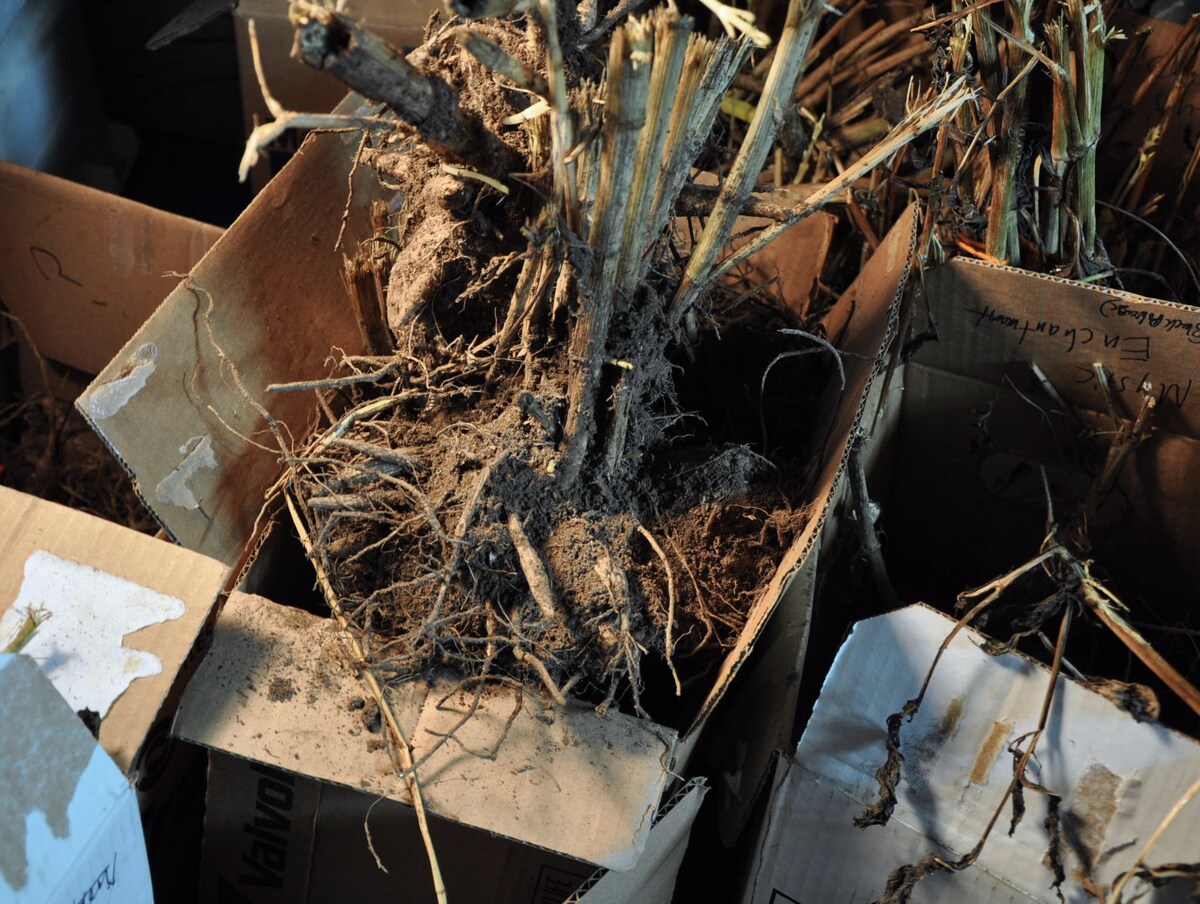
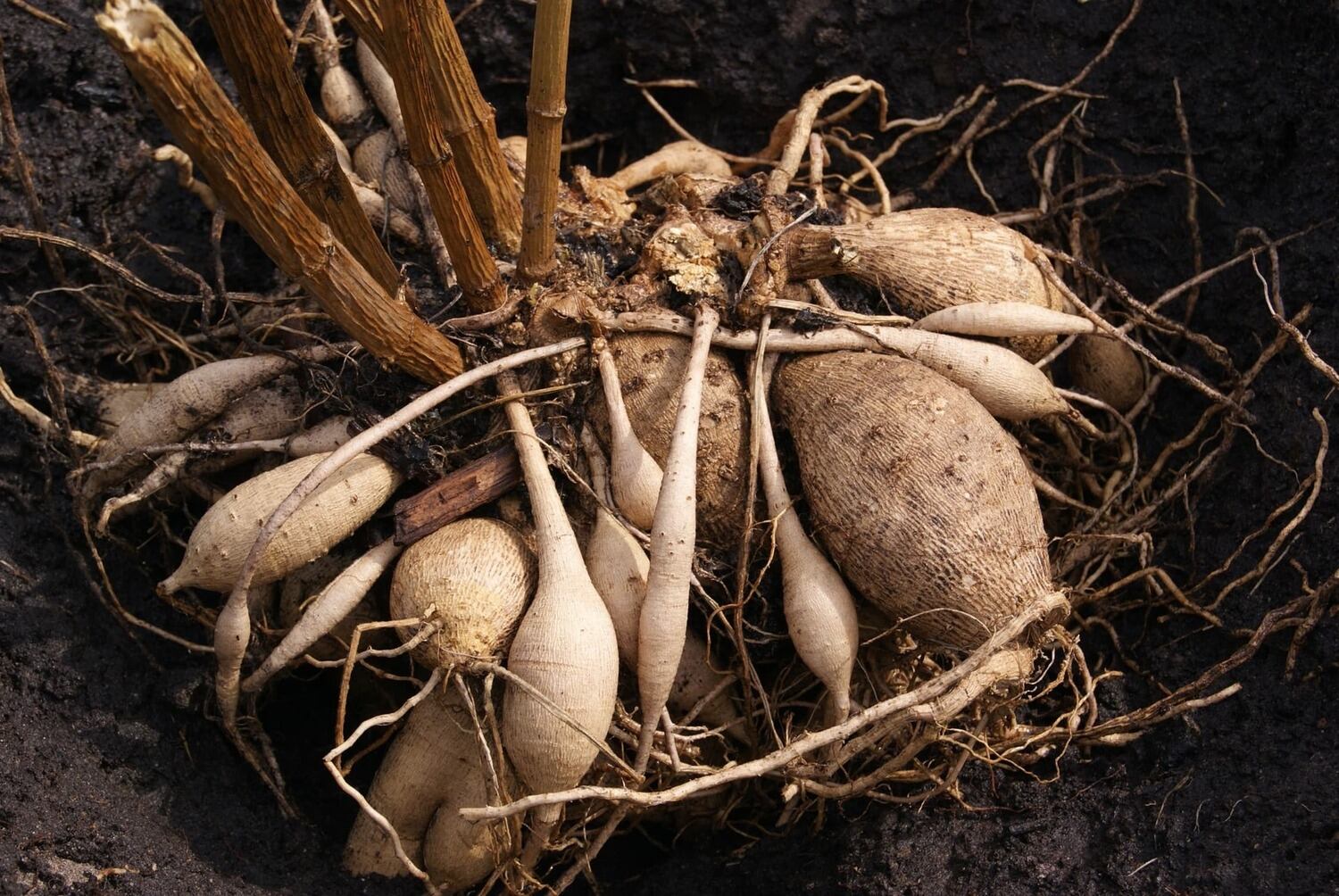
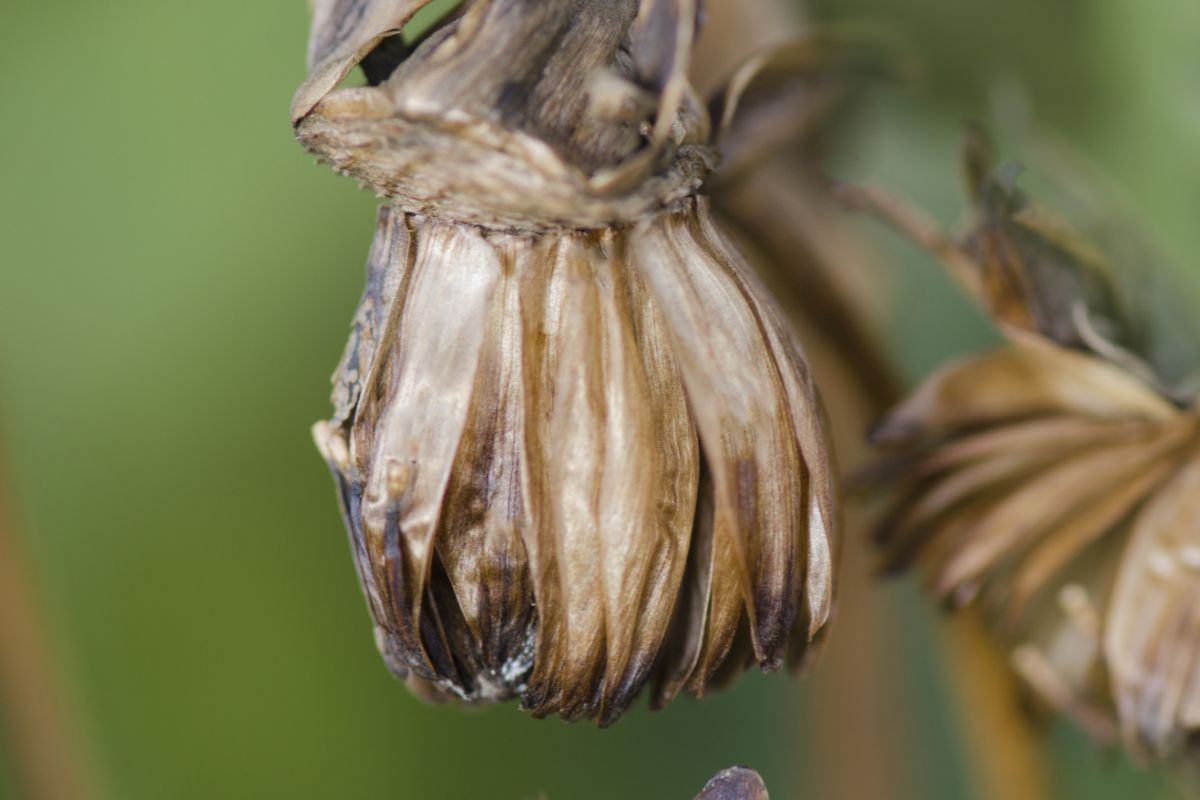
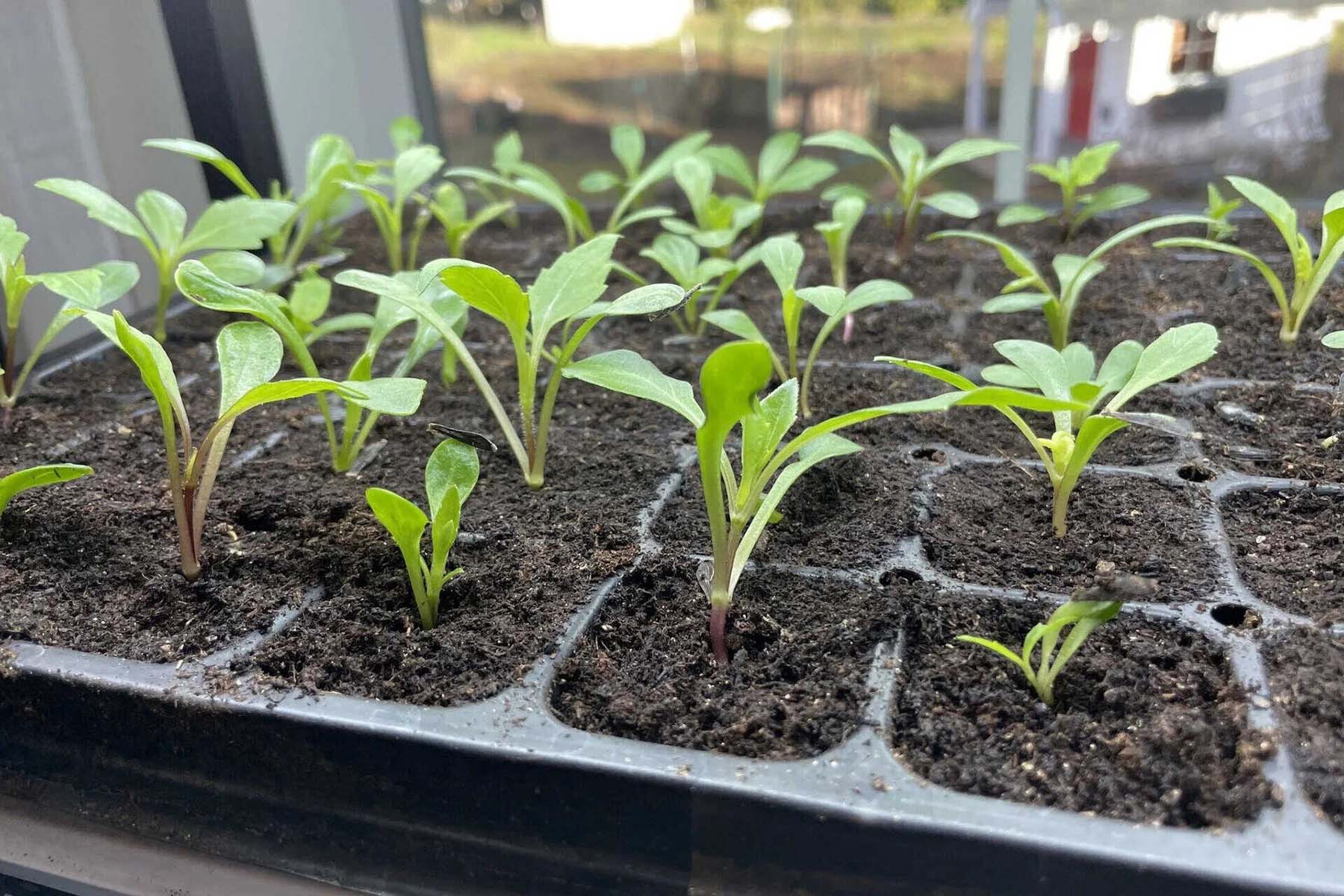
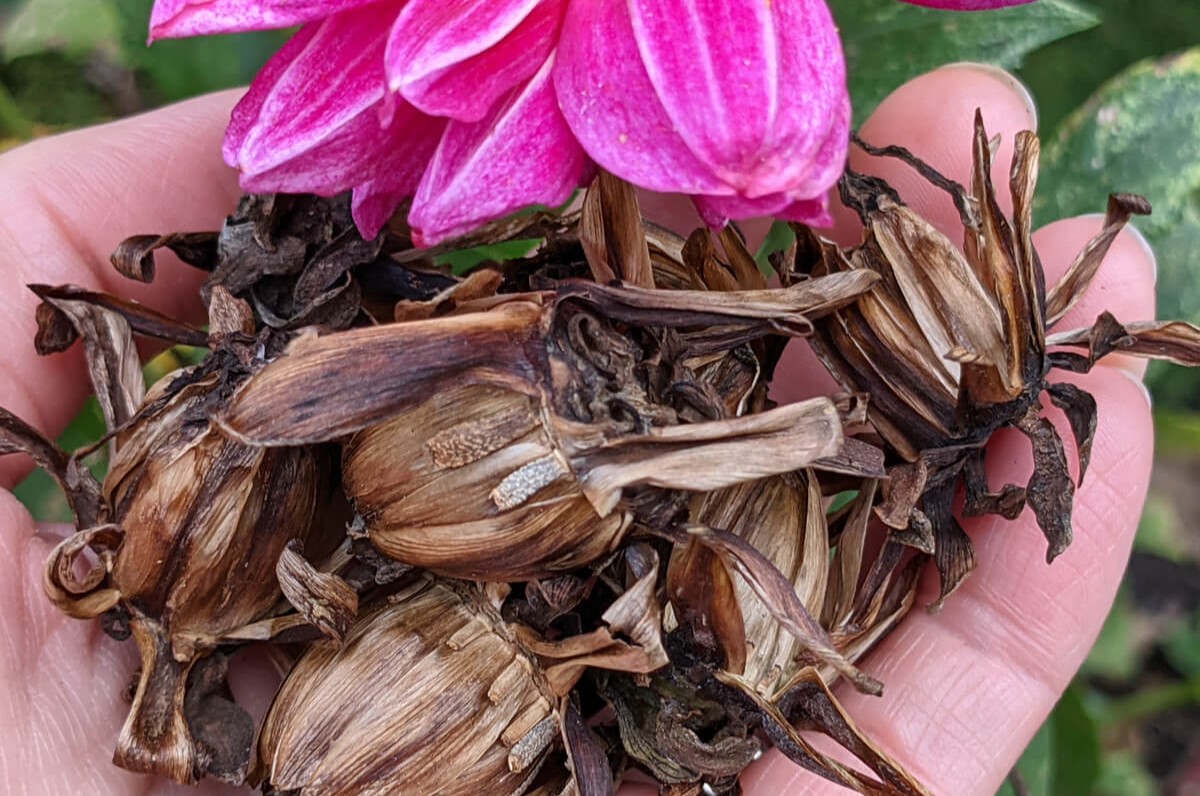
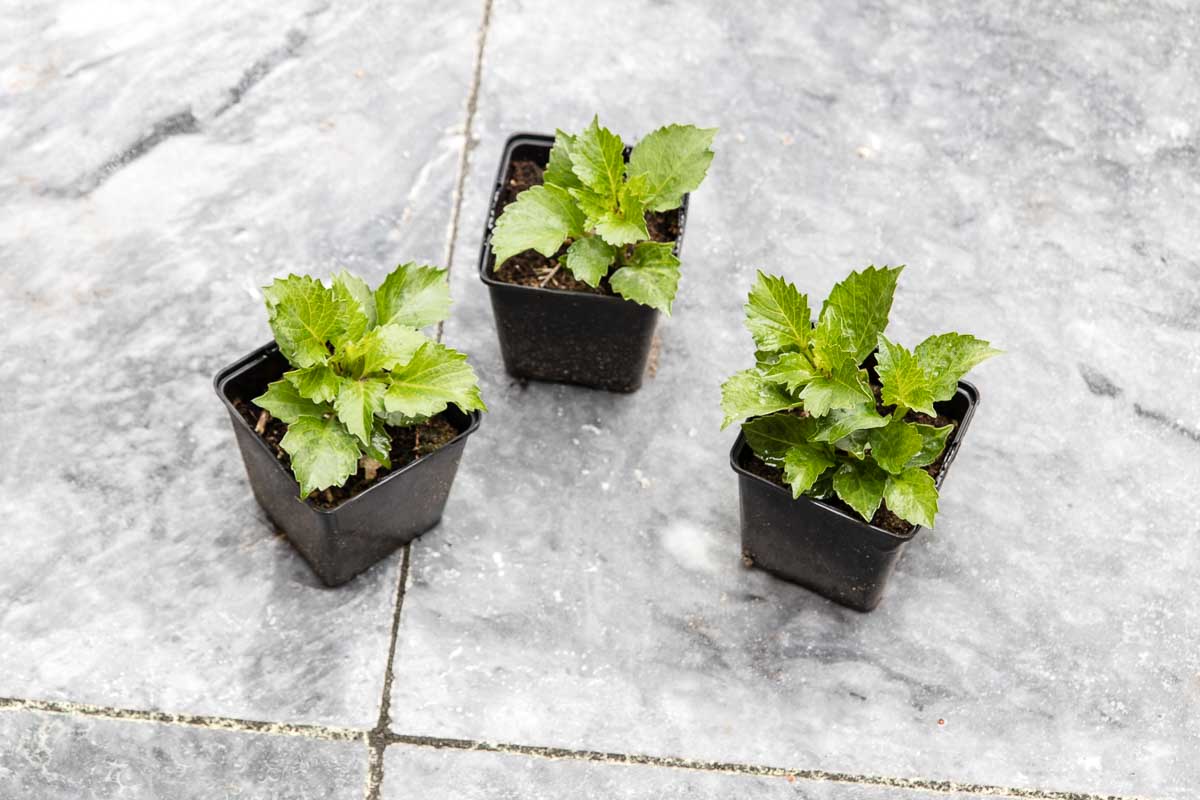
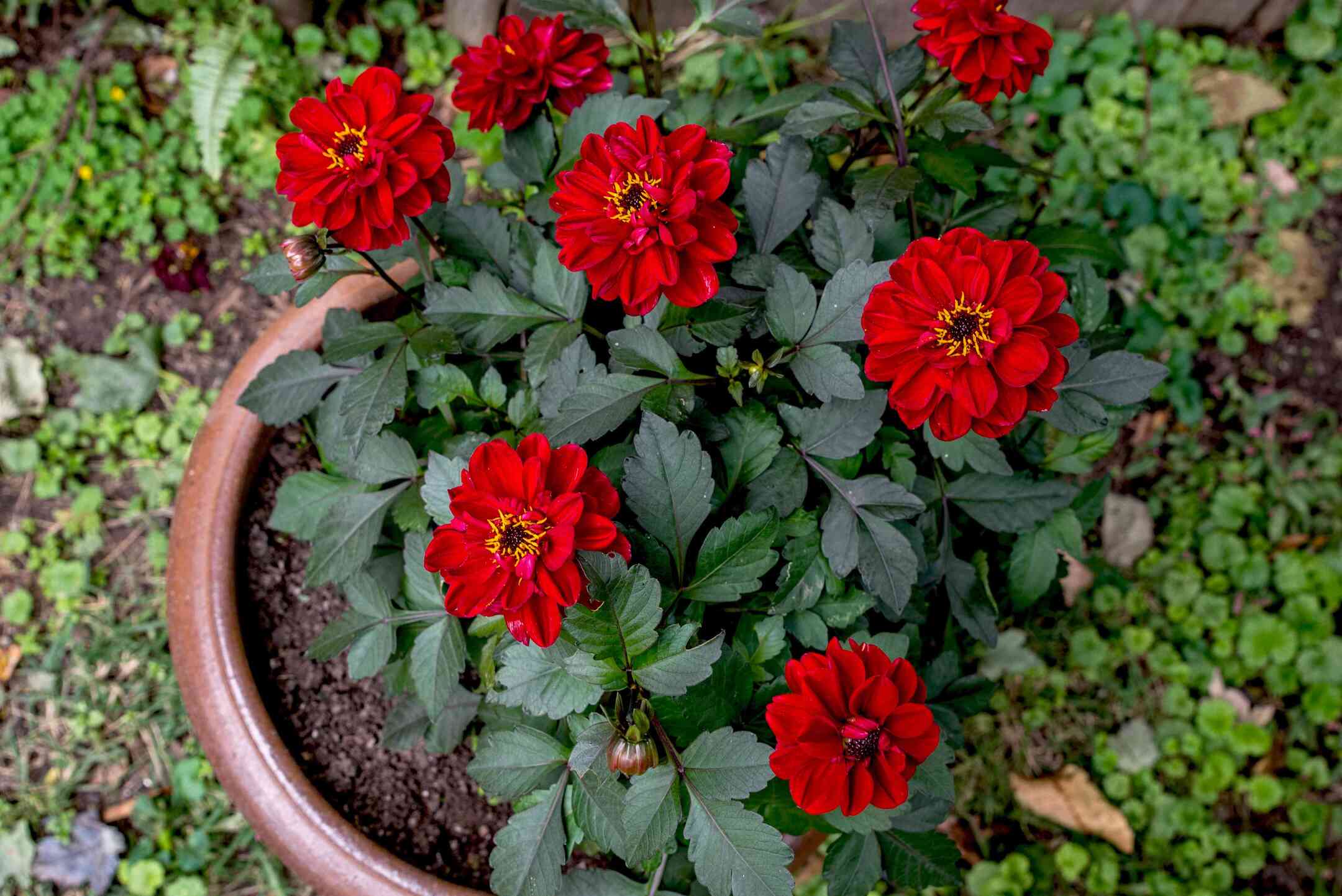
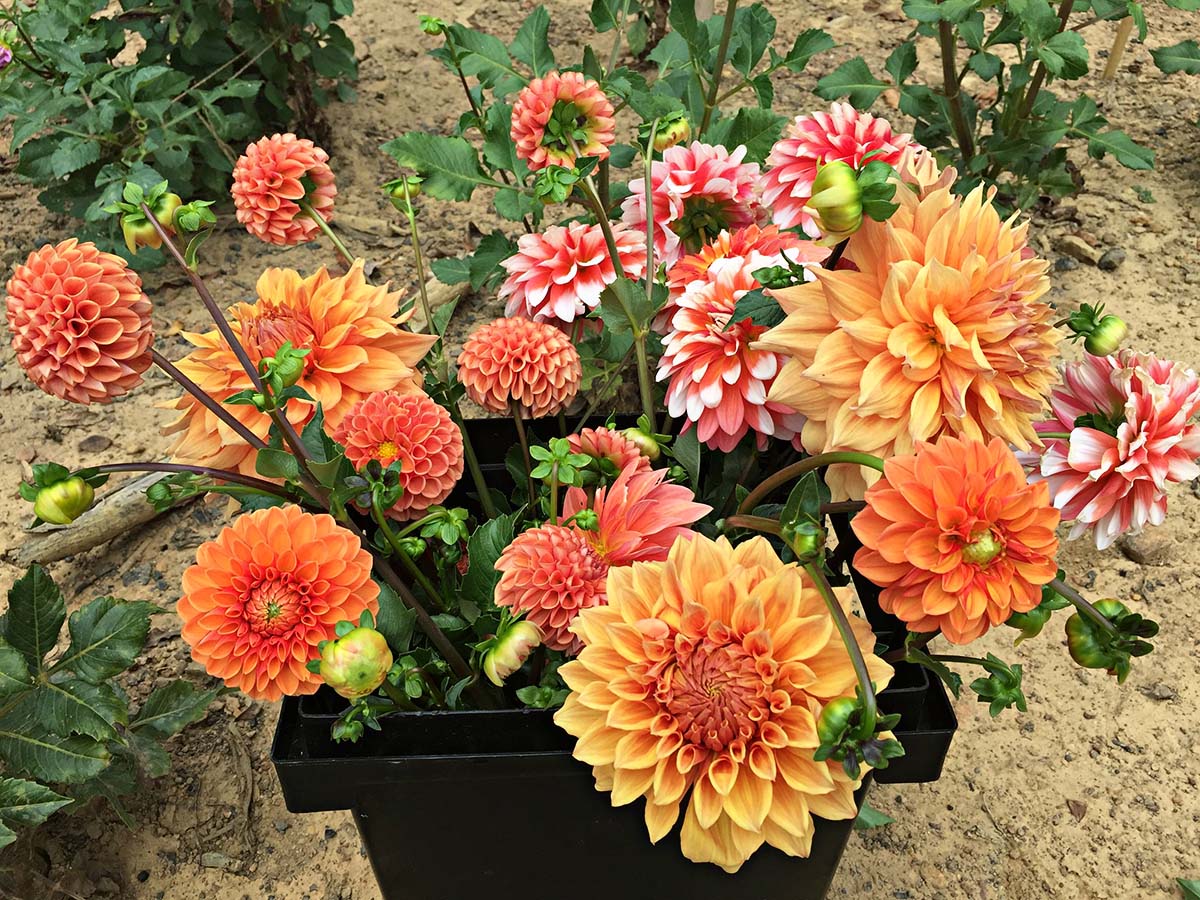


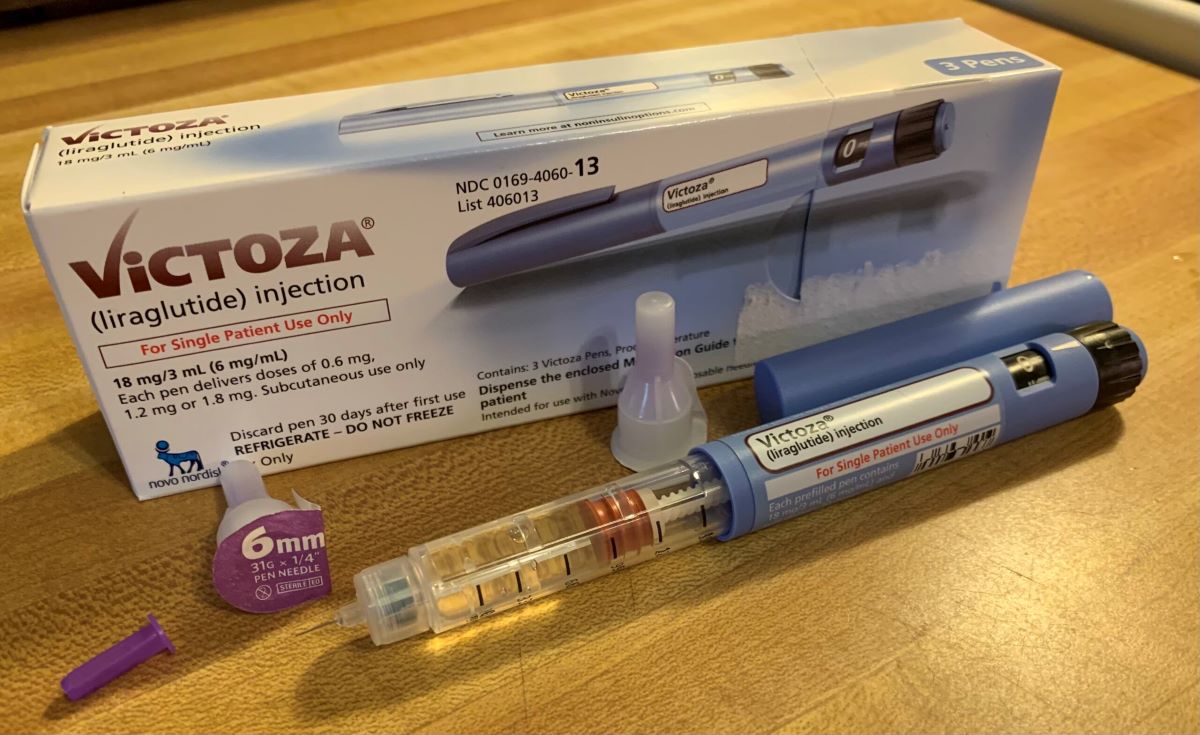



0 thoughts on “How To Store Dahlia Tubers”